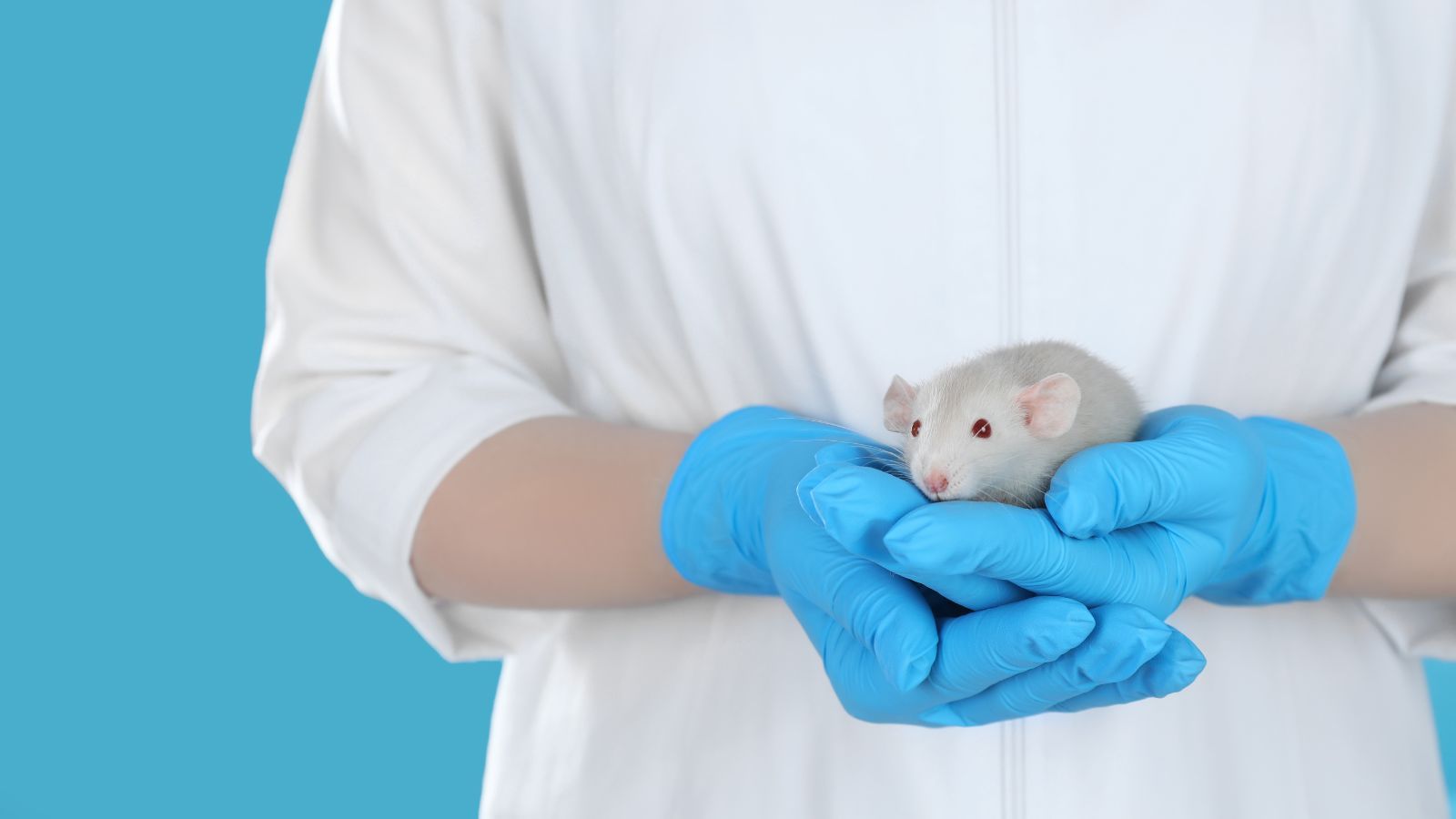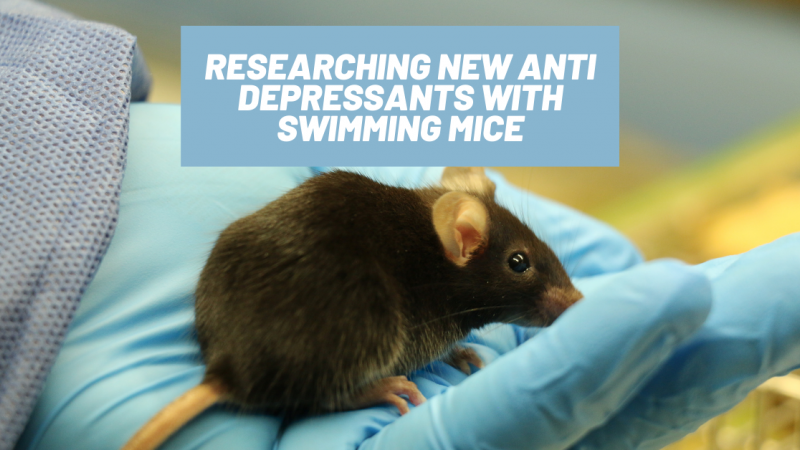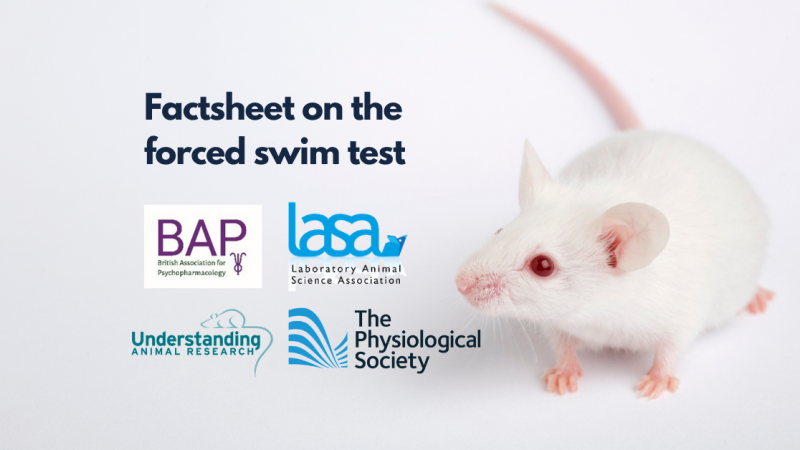
What is sepsis?
Sepsis is when your body’s response to an infection goes wrong in lots of different ways at the same time. It is a kind of over-reaction of the immune system which makes it attack healthy tissues and organs as well as the bacteria that triggered the body’s defences.
This means there is always a lot going on which makes it a very complex thing to study. Worse still, fixing one problem caused by sepsis can make another one more severe.
Why is it hard to study?
Internal organs like the lungs and liver don’t just work away merrily in their own little silo: each affects the functioning of others. A distressed kidney can have significant effects on the heart, for instance, by leaving too much fluid or salt in the system, which can affect blood pressure. This is known as the cardio-renal connection but there are many other inter-connections and in sepsis many can be affected at once. There are countless interdependencies like that in animal bodies, involving the organs and many other processes, right down to the molecular level. Sepsis hits them in a cascade, meaning that thousands of working parts need to be re-balanced for health to be restored.
As such, sepsis isn’t just one disease, but a syndrome caused by different pathogens. Factors like genetics, age and sex play a larger role here than they do for other diseases and these factors loop back to those different cohorts’ reactions to different pathogens.
For medicines such as vaccines or insulin, the similarity of responses is key to finding one drug for many patients but, having learned from our previous research, it is clear that with sepsis we must pay closer attention to the differences.
How is sepsis studied?
Research on sepsis has essentially split into two broad categories. One studies an isolated element of sepsis in the hope of understanding its pathology. The other seeks to discover an effective treatment.
This latter category is also broadly divided into a) attempts to manage the symptoms and minimise organ damage and b) finding an intervention that could turn the tide, for instance by reducing tissue inflammation or blocking the protein that kills off body tissue.
Has medical research into sepsis failed?
That depends on how you define success. Where medical research hasn’t delivered is in the last category of a one-size-fits-all treatment for sepsis because years of research have failed to produce one. However, all the medicines and treatment strategies currently used to treat sepsis – antibiotics like Piperacillin-tazobactam, the corticosteroid hydrocortisone and hormone analogue vasopressin – were discovered and/or developed and tested using animals. Furthermore, the knowledge gained from animal models has advanced treatments for other inflammatory diseases, such as rheumatoid arthritis, Crohn’s diseases, and ulcerative colitis.
The potential medicines for sepsis that ‘failed’ all tended to have:
- A good rationale for development;
- Promising non-animal in vitro data;
- Promising animal data; and
- Good performance in early human trials.
The problem is that their performance for sepsis in particular was not consistent when rolled out to bigger human groups of different age, sex and genetic heritage. In other words, they worked for some people but not for most people.
In the other category of clinical intervention – managing the symptoms – animal studies have been critical to informing the best way to look after the patients. We can give patients a single, daily, very high dose of antibiotics which we learned by studying immune-compromised mice and rats, and treatment with prolonged / continuous infusion of β-lactams comes from mice and rabbits. Knowing when to give fluids or medicines, and in what quantities, can make the difference between life and death to patients so we’ve used animal studies to test these to increase patients’ chances of survival.
Animal studies have also provided key insights into individual aspects of sepsis, such as the role of cytokines (proteins that aid cell to cell communication).
So, what are the solutions?
Clinical trials often bias towards young, white men from wealthy Western countries, who are more likely to volunteer for early stage trials but, in this case, are less likely to be affected by sepsis. Women, children, older people, ethnic minorities and people with multiple conditions (so-called ‘co-morbidities’) are under-represented in clinical trials.
This is for a number of reasons, but primarily because many of the excluded groups such as pregnant women, children and the elderly are at most risk of harm and are the least likely to recover. People with co-morbidities could also confound the study outcomes where, for instance, there was kidney damage but you couldn’t rule out that this wasn’t caused by the patient’s diabetes. Furthermore, women generally make up only a third of first-in-man trials, which is where the promising human data came from.
There are no such reasons for the under-representation of ethnic minorities, but these are not a contiguous group with identical drivers of behaviour. There is under-reporting of race in clinical trials data as it is, with only 45% of trials offering this information but of those that did report, people recorded as ‘Hispanic’ made up just 11.6% of participants while people recorded as ‘White’ were closer to 40%.
Scientists are also having to work harder to improve these models than has been the case for other diseases. For instance, while animals like mice have been used to study sepsis in an attempt to avoid the use of animals like primates, the mouse reaction to sepsis is less like the primate. Breeding animals, including mice, with human traits has helped, but not enough. Other researchers have used pigs and sheep to good effect, but fewer research facilities can house large animals and scientists can’t always use the best animal model for ethical reasons.
Is sepsis research pivoting away from animal use?
Yes and no. Animals are still very useful in the development of personalised medicine, such as those bred to mimic individual patients’ physiology. They age quickly relative to a human and offer a whole-body system of the sort that is extremely difficult to model artificially. There are no non-animal methods for fully capturing what happens in inter-organ interactions, for instance.
Many funding agencies are however shifting their focus from understanding the basics of how the disease works towards getting better clinical outcomes and there are a number of ways to generate new hypotheses that have recently become more viable, such as looking at patient data relative to treatment and outcomes.
It's essentially choosing to spend money on new approaches, technologies and capabilities that we’ve not previously had in the hope that they move the needle. It is more accurate to say that research focus has shifted toward:
- Precision / endotype-based trials (matching a drug to the patient’s personal immune profile);
- Immunomodulation (e.g. disarming proteins on immune cells that stop the immune system from working properly in sepsis-induced immune paralysis);
- Adjunctive therapies (exploring controversial measures such as vitamin C, hydrocortisone and thiamine which could complement existing clinical intervention); and
- AI-guided early diagnosis and stratification (grouping patients and letting AI help us see, if it can, what works for what cohort).
A recent paper sets out where animals are likely to add the most value going forward.
In a nutshell
Very unfortunately some diseases, like cancer and those involving the immune system, are only revealed to be more complicated than we first thought as we peel back the next layer of the onion, and then the next and the next and the next.
Not every hypothesis that gets tested in medical research is brilliantly conceived, but if you read the rationale with most sepsis research it’s usually a reasonable thing to have attempted. It is certainly not the case that sepsis research using animals has given us nothing – it’s given us medicines, mechanistic insights and practical clinical tactics that are used to save patients daily.
Last edited: 20 October 2025 09:23




